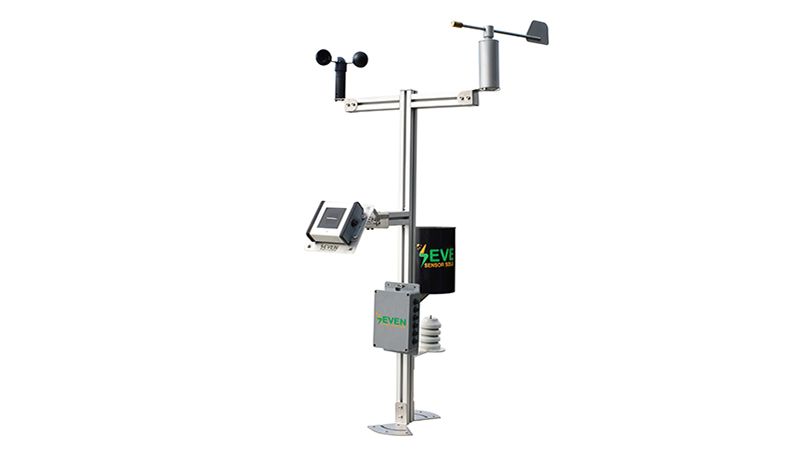In all solar plants, the most frustrating situation is when the output of your panels is lower than expected. A variety of factors can affect solar energy production, but one of the most overlooked is the weather. Without accurate and up-to-date weather information, it can be difficult to define how much energy the PV panels have to produce. This is why the Compact Weather Station is required in each PV Plant.
What is Compact Weather Station?
The Compact Weather Station is an all-in-one weather station with measures of irradiance, module & ambient temperature, wind speed, wind direction, relative humidity, air pressure, and rainfall. All measured meteorological data are transferred to the datalogger via a 2-wire RS485 bus with Modbus RTU protocol. The flexible design of the Compact Weather Station makes it possible to select the connected sensors according to the required parameters in each PV Plant.
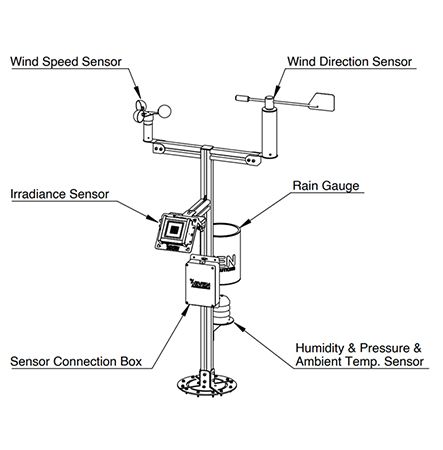
What are the components of SEVEN Compact Weather Station?
SEVEN Compact Weather station is a 100% solution as the client won’t be obliged to purchase the sensors which he doesn’t need. SEVEN Compact Weather Station includes Two Irradiance Sensors, two Module Temperature Sensors, an Ambient Temperature Sensor, a Wind Speed Sensor, a Wind Direction Sensor, a Relative Humidity Sensor, an Air Pressure Sensor, a Rain Gauge, a Sensor Connection Box and a Mounting Structure for all the previously mentioned sensors.
Irradiance Sensor
The Irradiance Sensor consists of a solar cell made of monocrystalline silicon, which is activated by light and produces an electric current that is converted into millivolts (mV) thanks to the connected shunt resistor on its back side. An internal cell temperature sensor is located at the back of the cell to measure the temperature of the cell which is used to calculate the temperature-compensated solar irradiance value in W/m². The used Irradiance Sensor is Class A as per IEC61724-1:2021 Standard.
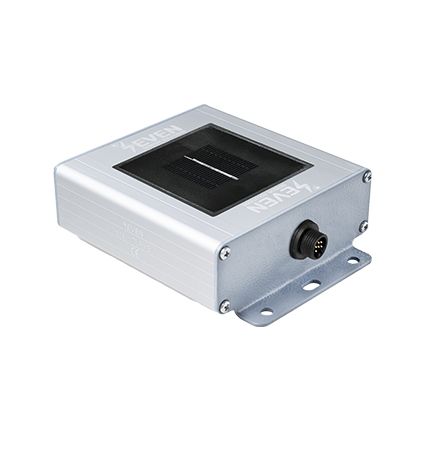
Module Temperature Sensor
The Module Temperature Sensor is used to measure the Back of Module (BOM) temperature by using a PT1000 probe. The Module Temperature Sensor is designed by following IEC61724-1:2021 Standard. The used PT1000 probe is Class A as per IEC 60751:2022.
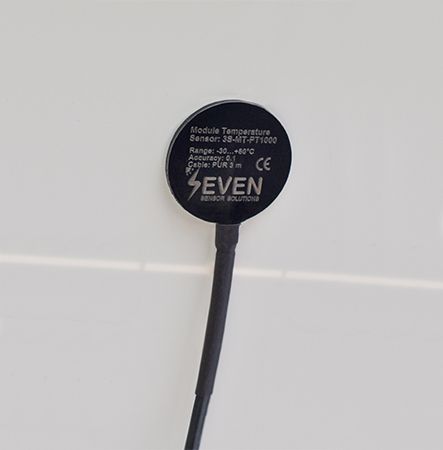
Ambient Temperature Sensor
The Ambient Temperature Sensor measures the air temperature in the environment where the PV panels are placed by using a PT1000 probe. It is supplied with Shield, to protect it from direct sunlight & radiations, with four aspirated plates that allow the air to pass freely as per the requirements of IEC61724-1:2021 Standard. The used PT1000 probe is Class A as per IEC 60751:2022.
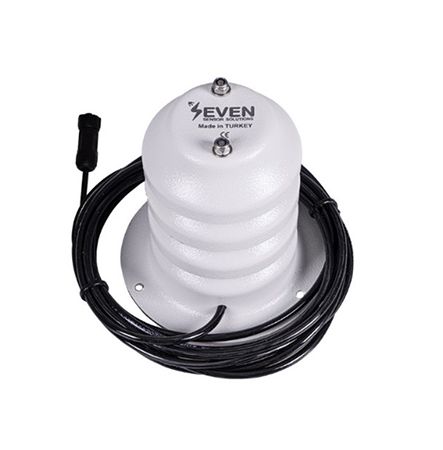
Wind Speed Sensor
The Wind Speed Sensor is designed to measure horizontal wind velocity independently of direction. The measuring electronic element in the wind speed sensor is the reed relay driven by the rotating magnet connected to the wind bowls.
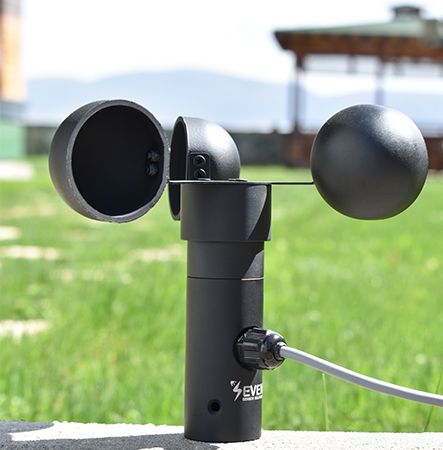
Wind Direction Sensor
Wind Direction Sensor is a measuring transmitter used for the measurement of the horizontal wind direction. The measuring values are transmitted as ohmic resistance signals. The wind direction is detected by a wind vane and is then transmitted to a potentiometer.
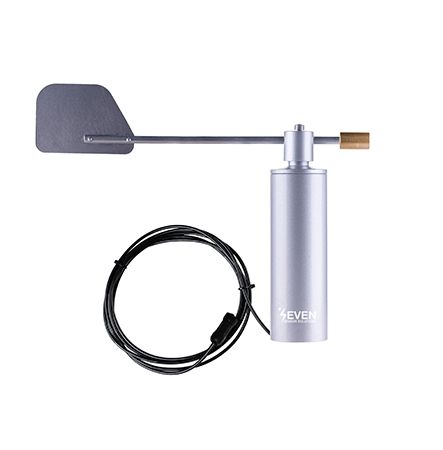
Relative Humidity Sensor
The Relative Humidity Sensor is used to measure the actual humidity condition within the air at any given point or any given place. The measured humidity data can be also used to calculate the Dew Point when the air temperature is known. It is supplied with Shield, to protect it from direct sunlight & radiations, with four aspirated plates that allow the air to pass freely.
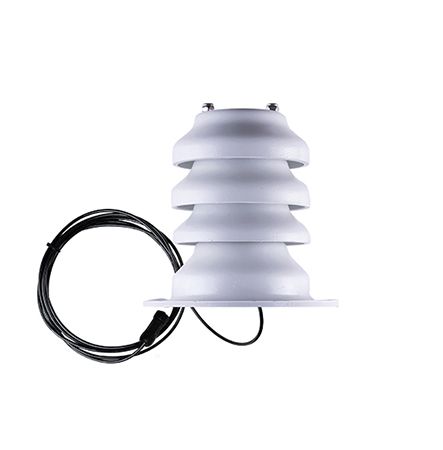
Air Pressure Sensor
The Air Pressure Sensor is used to measure the Barometric Pressure in the air. It is particularly used to calculate air density, annual energy production calculations, and more reliable forecasts. The Barometric Pressure Sensor is supplied with Shield, to protect it from direct sunlight & radiations, with four aspirated plates that allow the air to pass freely.
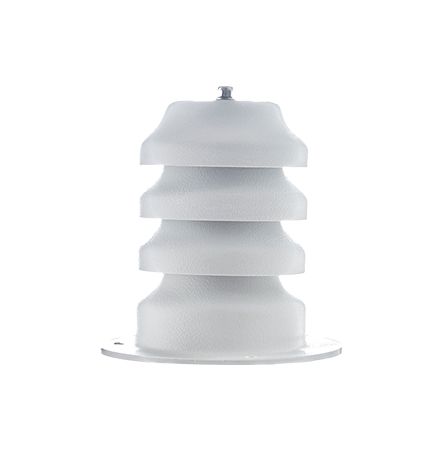
Rain Gauge
Rain Gauge is designed to accurately measure the rainfall with a collection area of 200 cm² using the reed relay with the principle of tipping buckets. The housing of this sensor is made of seawater-resistant anodized aluminum, making it extremely durable and resistant.
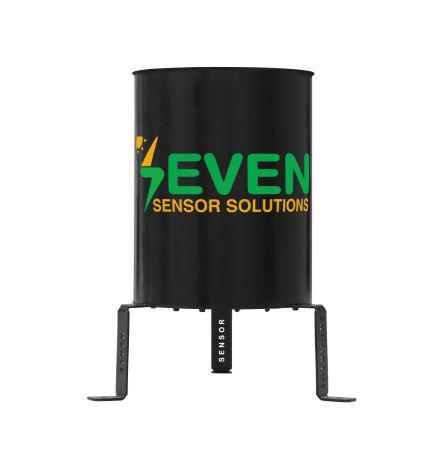
Sensor Connection Box
It is the master device which includes an electronic card allowing all the previously mentioned sensors to be connected so that the data can be transmitted to the datalogger via a single cable with a 2-wire RS485 bus through Modbus RTU protocol.
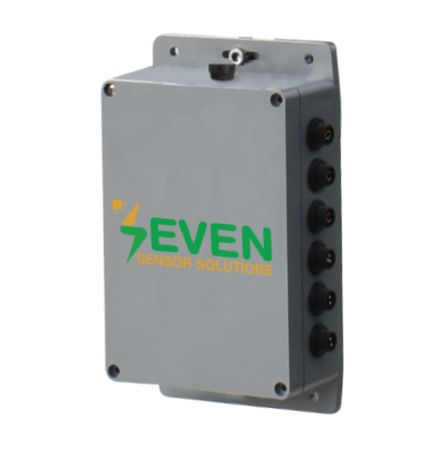
Mounting Structure
The Mounting Structure is of Aluminum & Stainless Steel and is designed to combine all the Compact Weather Station components in a single Tower Structure. It is flexibly designed as per the connected sensors and its height is constructed as per the client’s requirement.
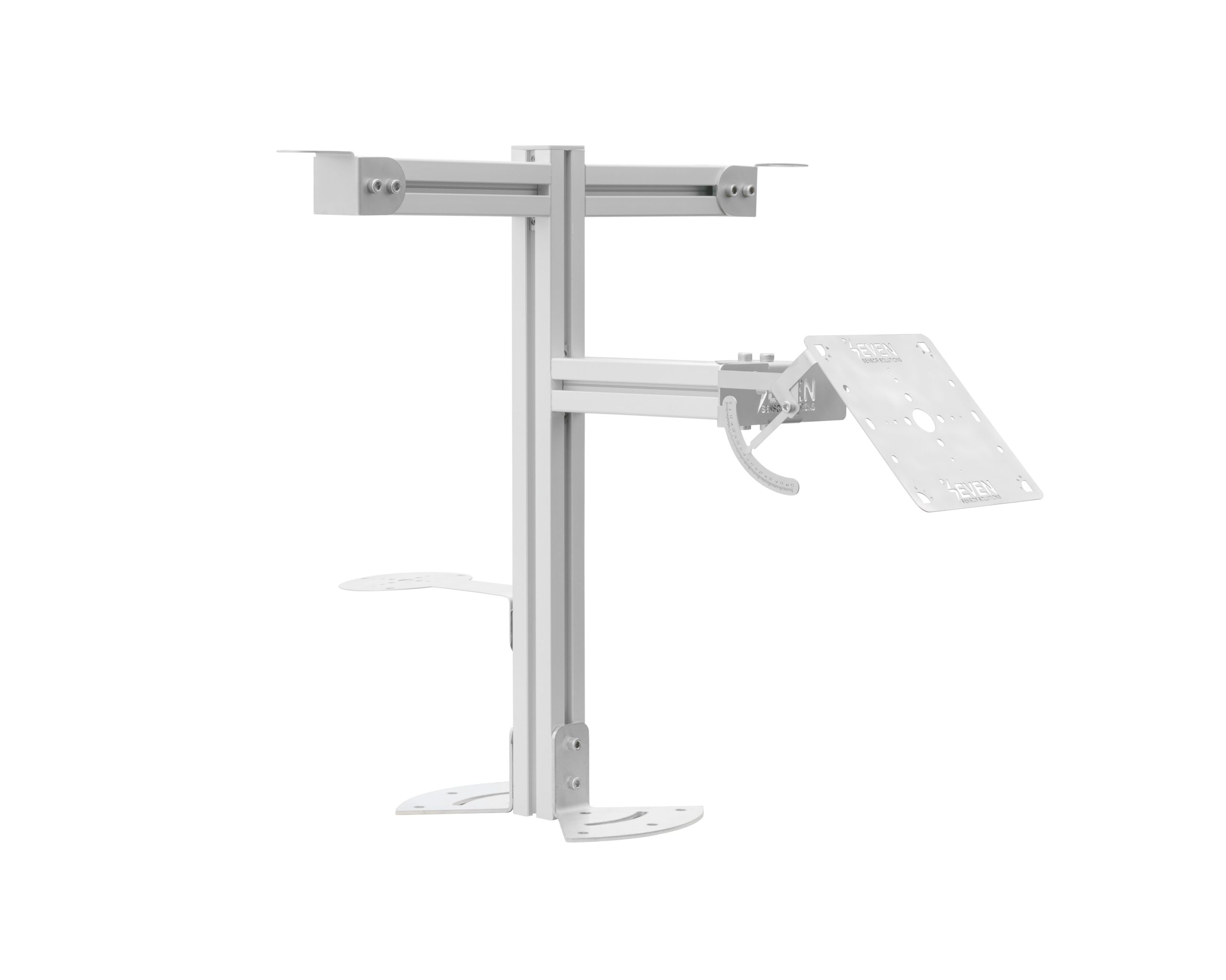
The Benefits of SEVEN Compact Weather Station
One of the biggest challenges faced by solar energy producers is the unpredictability of weather patterns. With a Compact Weather Station, this problem can be solved. Such a station can track a wide range of weather data, and transmit the data to the monitoring system via a single cable. It is a complete solution with Plug & Play feature.
On another hand, some investors use weather stations before installing the panels to decide whether to proceed with the project or not. In this case, a Compact Weather Station would be the ideal solution to measure the different weather data as it is an All-In-One Weather Station.
Compared to other similar solutions in the market, the main advantage of SEVEN Compact Weather Station is its flexibility. In this way, the client won’t have to pay for unnecessary sensors as per his project specifications.
